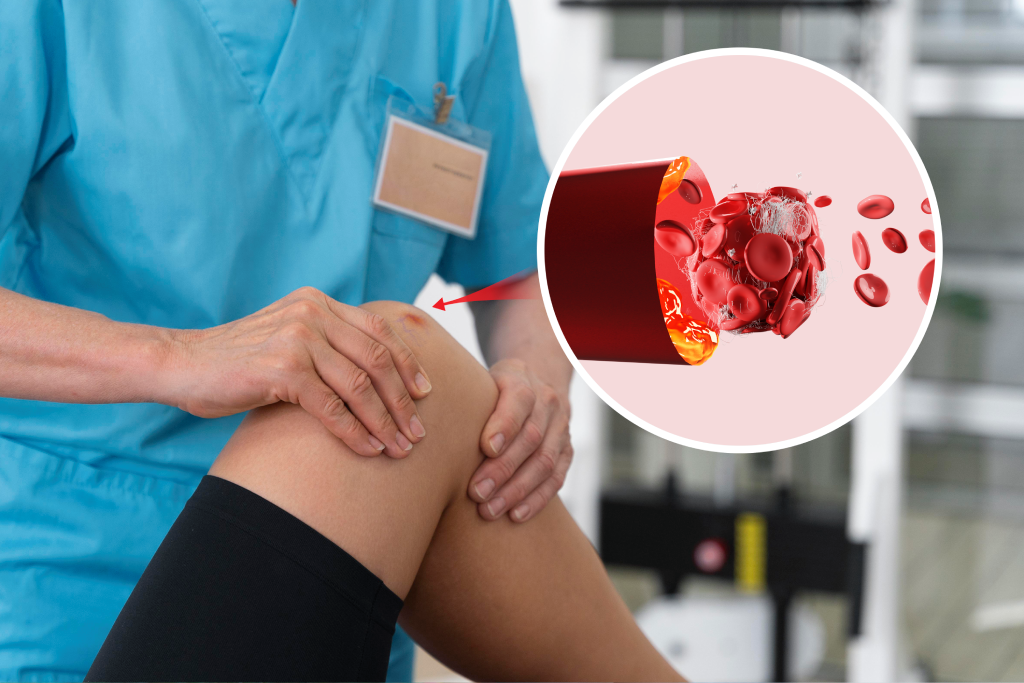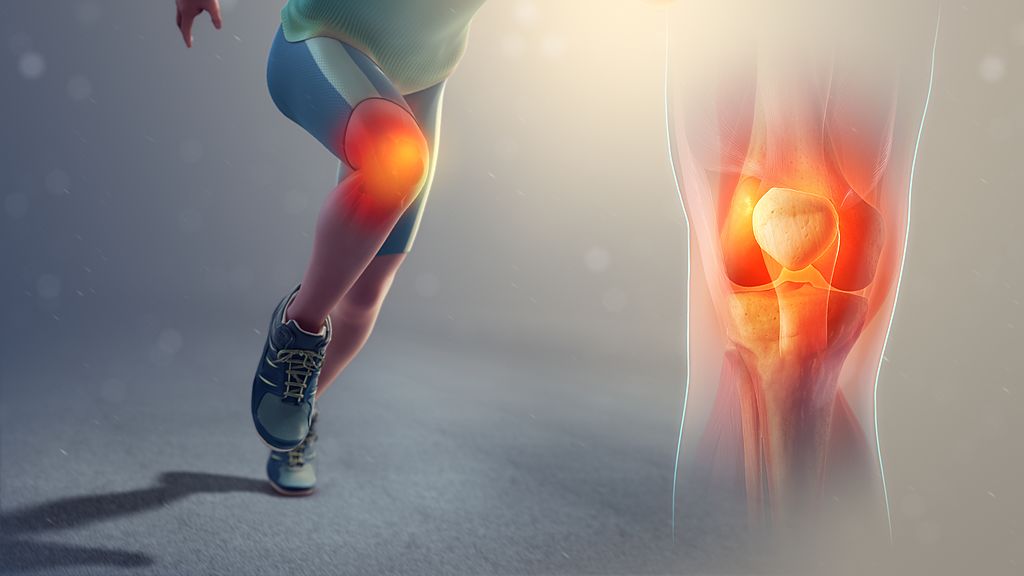
Hello! My name is Dr. Salam, and I am a consultant orthopedic surgeon in One Care Medical Center, a premier 100 bedded orthopedic hospital in Coimbatore. In today’s post, we are going to discuss on Torn meniscus and its management
Meniscus tear also referred to as a torn cartilage in the knee can happen either as a result of injury or aging. The meniscus is a highly specialized cartilage that basically sits between the surface cartilage of the bones to stabilize your knee joint. There are 2 menisci. One on the inner side of the knee joint and another on the opposite end. The main function, of course, is to evenly distribute weight across your joint.
This meniscus is usually C-Shaped in structure and receives its own blood supply.
Meniscus tear occurs principally due to direct trauma as seen in athletes or due to aging (degeneration). Meniscus tear sometimes does not occur as an isolated event, in some patients surrounding important ligaments like the ACL or MCL ligaments can also be injured. This type of injury is more common in footballers.
Patients with meniscus tear frequently experience severe pain combined with swelling. ‘Joint locking’ is another common symptom seen and this occurs due to the inability to keep the joint straight since the torn cartilage is preventing it physically from straightening
Common signs of a meniscus tear include
1. Severe knee pain
2. Swelling
3. Tenderness on touch
4. Pop or click sound within the joint
5. Restricted joint motion
Clinical history taking is key in establishing a diagnosis for a possible meniscus tear. Careful history taking combined with MRI/X-Ray can usually confirm a diagnosis of a meniscus tear.

I hope you enjoyed reading this short post on the torn meniscus. Please do share this with anyone you know who may be actually searching for a knee replacement.
Keep watching this space for more!
WhatsApp us